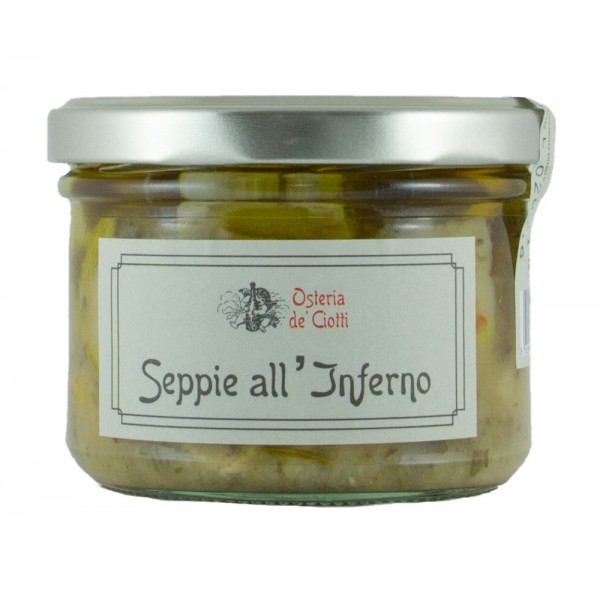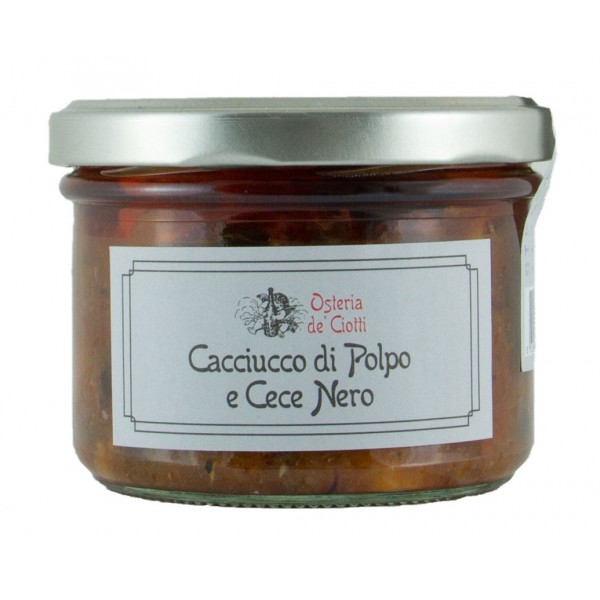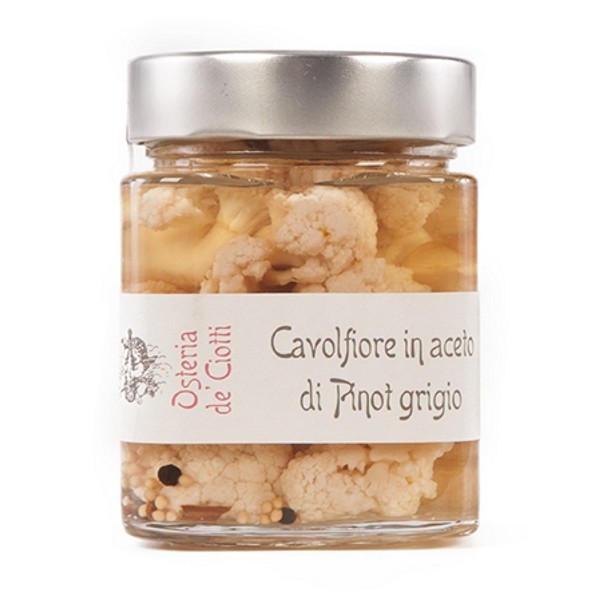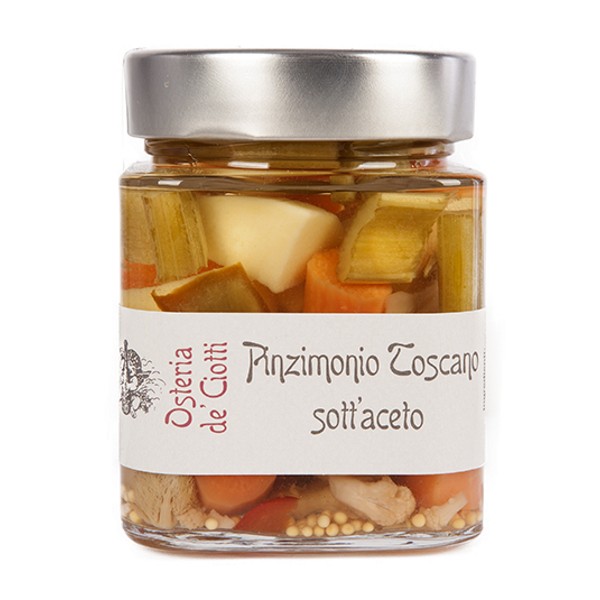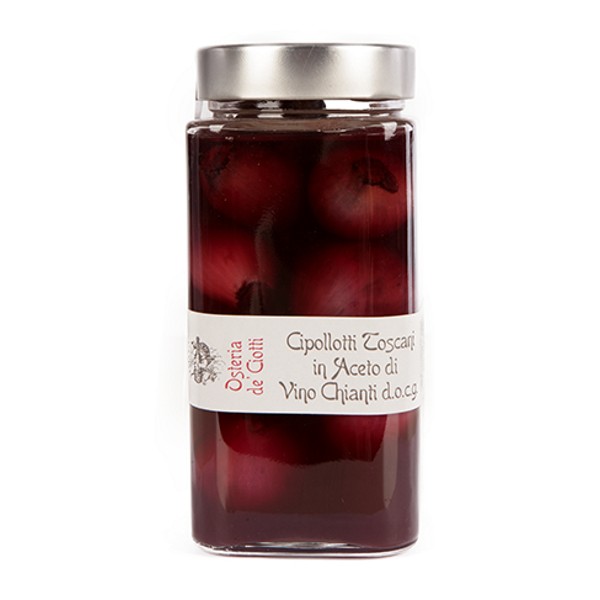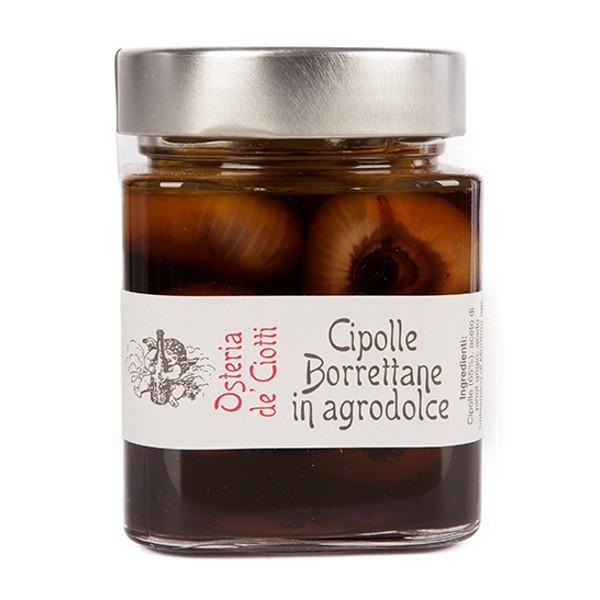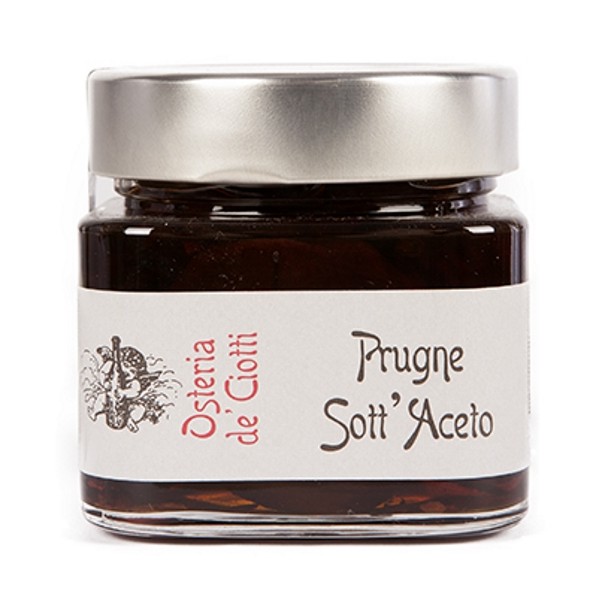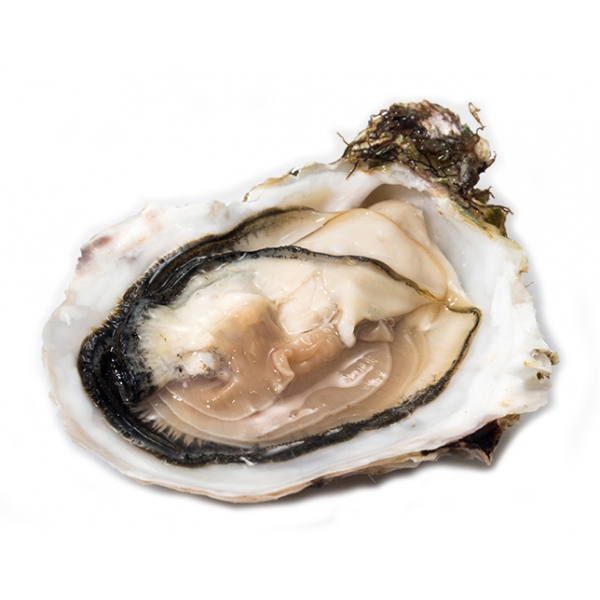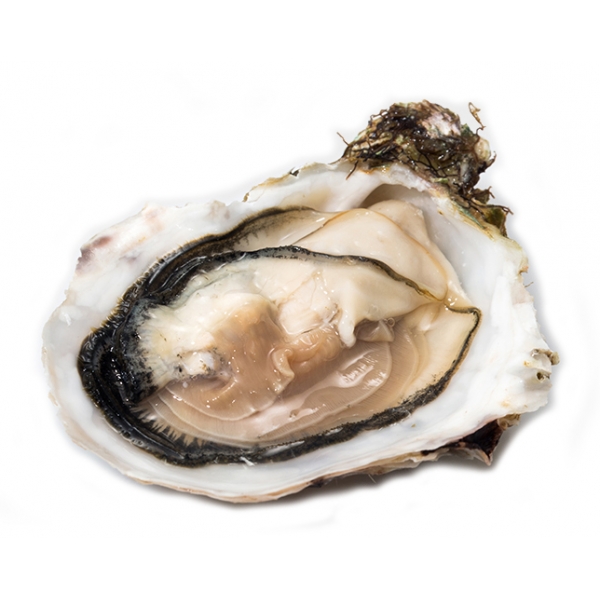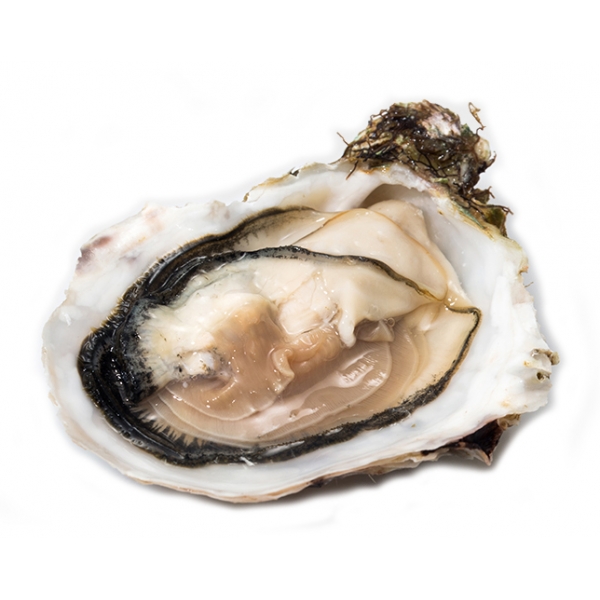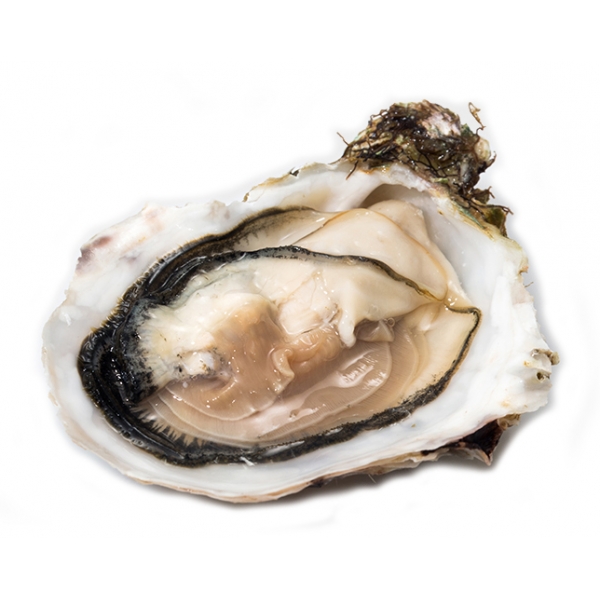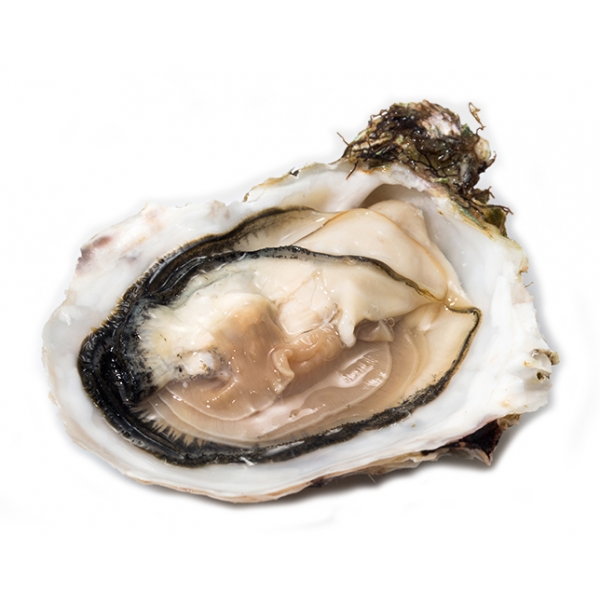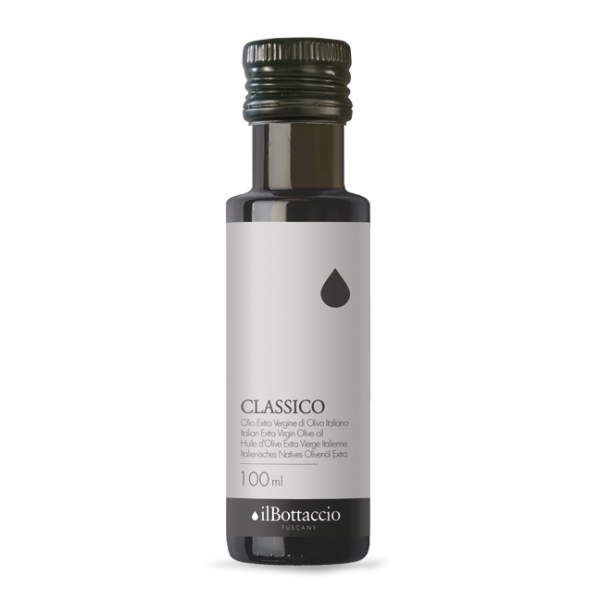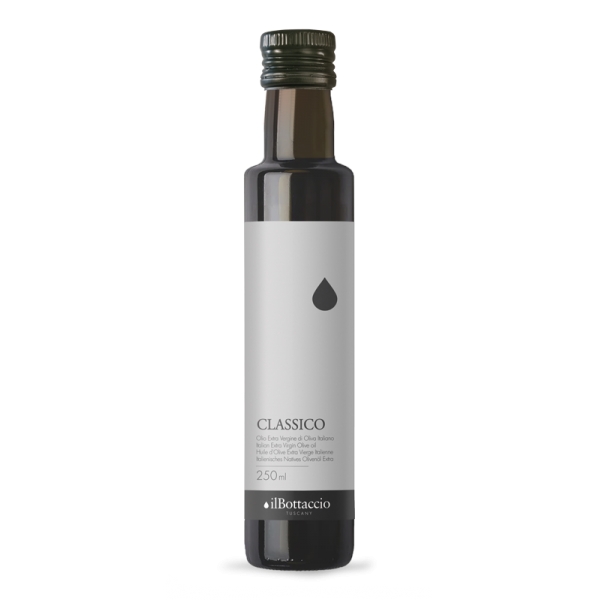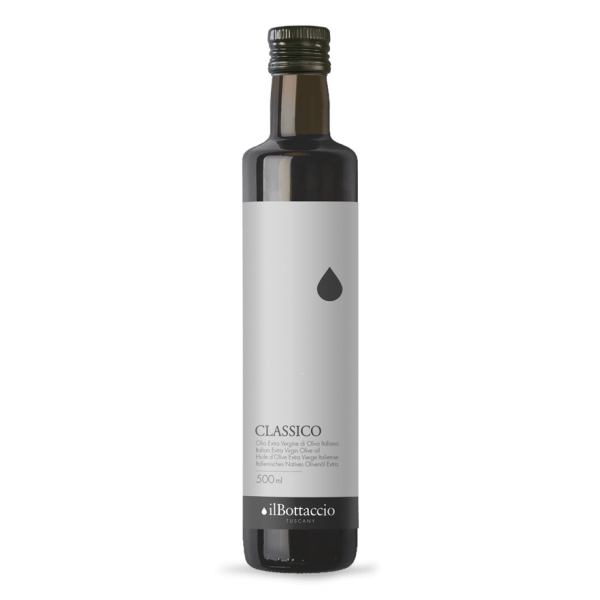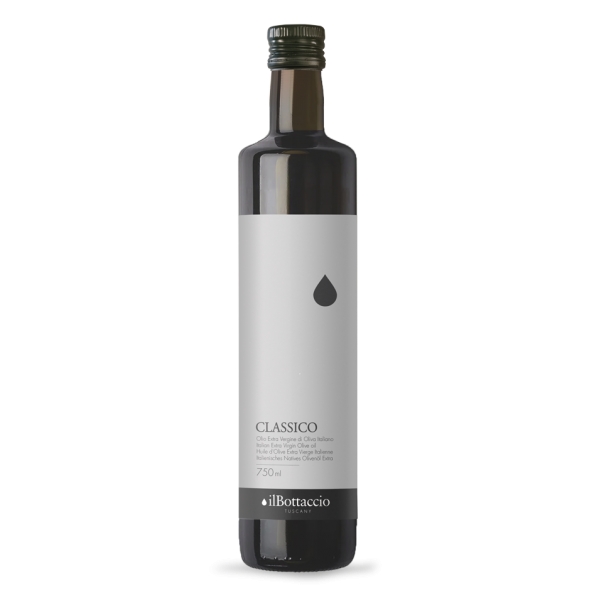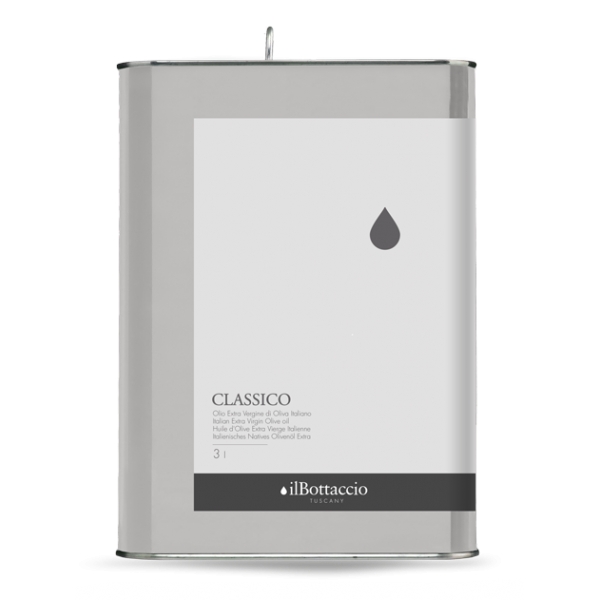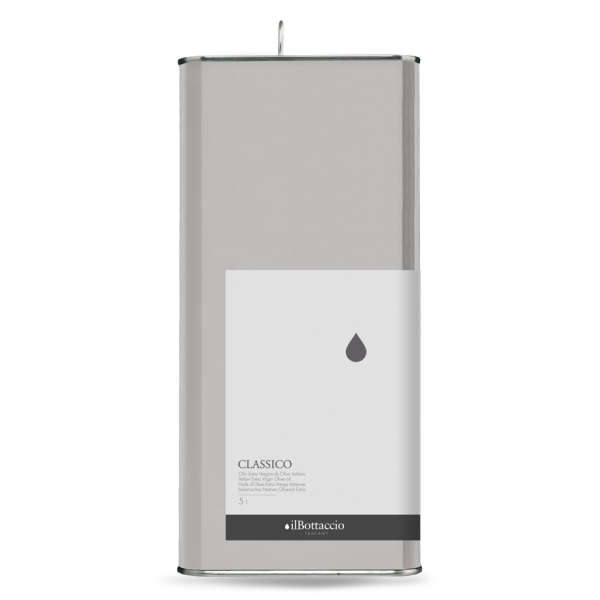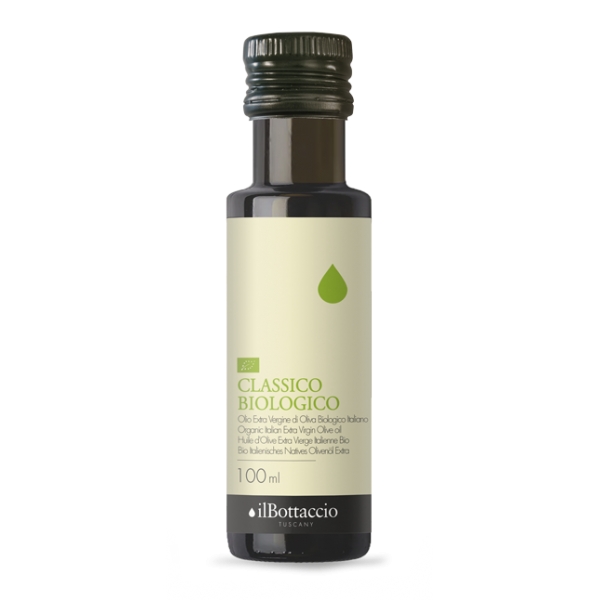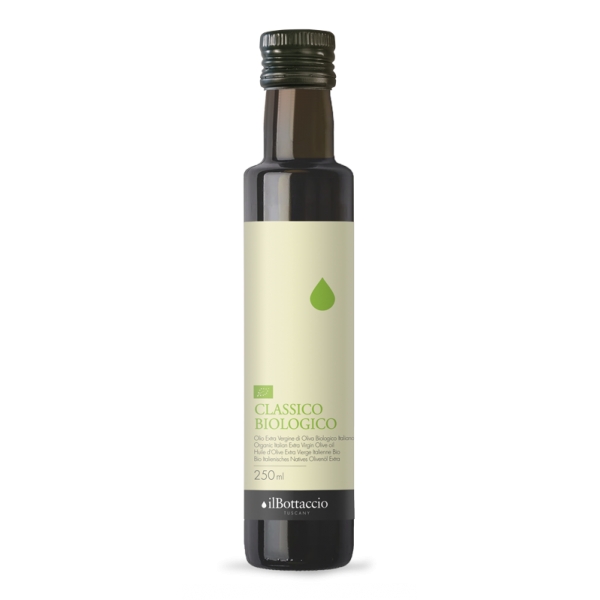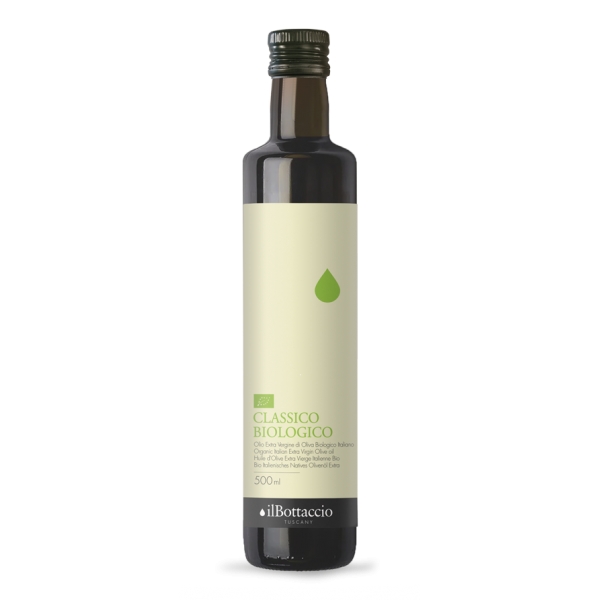No products
Food
Refine
Extra
Viewed Products
-

Fendi - Fendi Baguette - Oversize Oval Sunglasses - Havana - Sunglasses -...
Oversized oval Baguette eyeglasses in...
Food
-
Alla Gusteria - Osteria de Ciotti - Nunquam - Cuttlefish at Hell - 200 g
Ingredients: Cuttle fish (43%), potatoes (43%), garlic, parsley, chilli, white wine, italian extra virgin olive oil (10%), salt, pepper.
9,15 €Sold Out - Not Available -
Alla Gusteria - Osteria de Ciotti - Nunquam - Cacciucco Octopus and Black...
Great heated and served on toasted bread with a little oil. The chickpea is grown in the area of Pratomagnoby a farmer “old way” that has the merit of bringing this great legume in a land highly suited to legumesquality.
10,55 €Sold Out - Not Available -
Alla Gusteria - Osteria de Ciotti - Nunquam - Cauliflower at Pinot Grigio...
The Pinot grigio vinegar is brought to a boil along with herbs, spices and plants including thyme, bay leaf, basil, capers (Salina Slow Food Presidium), pepper and then is poured on cauliflower florets previously boiled for a few minutes. Try it with anchovies in oil, with the raclette and the read.
7,60 €Sold Out - Not Available -
Alla Gusteria - Osteria de Ciotti - Nunquam - Toscano Dip Pickled - 300 g
Thanks to this product we are going back of approx. one century. Following carefully the old proceedings of Mrs. Bianca Rosa Gremmo Zumaglini’s recipes, 7 different vegetables (carrot, celery, fennel, French bean, radish, cauliflower and sweet pepper), picked into garden, have to be washed and cut in small pieces by hand.
9,15 €Sold Out - Not Available -
Alla Gusteria - Osteria de Ciotti - Nunquam - Red Onions in Chianti Vinegar...
Also for this pickle the most important ingredient is the used raw material. Nothing to do with the classical pickled red onions to be found into any supermarket or big distribution.
9,30 €Sold Out - Not Available -
Alla Gusteria - Osteria de Ciotti - Nunquam - Sweet and Sour Onions Borettane...
Accompany cold cuts, meat and fish dish.
6,65 €Sold Out - Not Available -
Alla Gusteria - Osteria de Ciotti - Nunquam - Pickled Plums - 200 g
Accompany with meats, pork and duck.
7,60 €Sold Out - Not Available -
Wilde Wadoesters - Wild Oysters - 50 - Handpicked on the Wadden Sea - UNESCO...
Wild oysters are harvested by hand by traditional Wadvissers on the beds of wild oysters in the Wadden Sea. They are Japanese oysters (Crassostrea gigas), a species widely cultivated all over the world. In France the species is called "Creuse": these oysters arrived in the Wadden Sea around 1980 and large schools spread throughout the Wad.
150,00 € -
Wilde Wadoesters - Wild Oysters - 100 - Handpicked on the Wadden Sea - UNESCO...
Wild oysters are harvested by hand by traditional Wadvissers on the beds of wild oysters in the Wadden Sea. They are Japanese oysters (Crassostrea gigas), a species widely cultivated all over the world. In France the species is called "Creuse": these oysters arrived in the Wadden Sea around 1980 and large schools spread throughout the Wad.
290,00 € -
Wilde Wadoesters - Wild Oysters - 200 - Handpicked on the Wadden Sea - UNESCO...
Wild oysters are harvested by hand by traditional Wadvissers on the beds of wild oysters in the Wadden Sea. They are Japanese oysters (Crassostrea gigas), a species widely cultivated all over the world. In France the species is called "Creuse": these oysters arrived in the Wadden Sea around 1980 and large schools spread throughout the Wad.
570,00 € -
Wilde Wadoesters - Wild Oysters - 300 - Handpicked on the Wadden Sea - UNESCO...
Wild oysters are harvested by hand by traditional Wadvissers on the beds of wild oysters in the Wadden Sea. They are Japanese oysters (Crassostrea gigas), a species widely cultivated all over the world. In France the species is called "Creuse": these oysters arrived in the Wadden Sea around 1980 and large schools spread throughout the Wad.
850,00 € -
Wilde Wadoesters - Wild Oysters - 400 - Handpicked on the Wadden Sea - UNESCO...
Wild oysters are harvested by hand by traditional Wadvissers on the beds of wild oysters in the Wadden Sea. They are Japanese oysters (Crassostrea gigas), a species widely cultivated all over the world. In France the species is called "Creuse": these oysters arrived in the Wadden Sea around 1980 and large schools spread throughout the Wad.
1 130,00 € -
Il Bottaccio - Classic - Cultivar Blend - Tuscan Extra Virgin Olive Oil -...
Classic - Cultivar Blend. Blend with light fruitiness, obtained from ripe olives expertly harvested in the right period. A mix of Italian cultivars selected to release balanced scents and aromas. A yellow extra virgin olive oil with green reflections, which is light, harmonious and balanced, with hints of ripe olive.
6,30 € -
Il Bottaccio - Classic - Cultivar Blend - Tuscan Extra Virgin Olive Oil -...
Classic - Cultivar Blend. Blend with light fruitiness, obtained from ripe olives expertly harvested in the right period. A mix of Italian cultivars selected to release balanced scents and aromas. A yellow extra virgin olive oil with green reflections, which is light, harmonious and balanced, with hints of ripe olive.
10,90 € -
Il Bottaccio - Classic - Cultivar Blend - Italian Extra Virgin Olive Oil -...
Classic - Cultivar Blend. Blend with light fruitiness, obtained from ripe olives expertly harvested in the right period. A mix of Italian cultivars selected to release balanced scents and aromas. A yellow extra virgin olive oil with green reflections, which is light, harmonious and balanced, with hints of ripe olive.
18,90 € -
Il Bottaccio - Classic - Cultivar Blend - Tuscan Extra Virgin Olive Oil -...
Classic - Cultivar Blend. Blend with light fruitiness, obtained from ripe olives expertly harvested in the right period. A mix of Italian cultivars selected to release balanced scents and aromas. A yellow extra virgin olive oil with green reflections, which is light, harmonious and balanced, with hints of ripe olive.
19,50 € -
Il Bottaccio - Classic - Cultivar Blend - Tuscan Extra Virgin Olive Oil -...
Classic - Cultivar Blend. Blend with light fruitiness, obtained from ripe olives expertly harvested in the right period. A mix of Italian cultivars selected to release balanced scents and aromas. A yellow extra virgin olive oil with green reflections, which is light, harmonious and balanced, with hints of ripe olive.
53,00 € -
Il Bottaccio - Classic - Cultivar Blend - Tuscan Extra Virgin Olive Oil -...
Classic - Cultivar Blend. Blend with light fruitiness, obtained from ripe olives expertly harvested in the right period. A mix of Italian cultivars selected to release balanced scents and aromas. A yellow extra virgin olive oil with green reflections, which is light, harmonious and balanced, with hints of ripe olive.
86,00 € -
Il Bottaccio - Organic Classic - Cultivar Blend - Tuscan Extra Virgin Olive...
Classic Organic - Organic Cultivar Blend. Blend of organic extra virgin olive oil with medium fruitiness. Green with bright reflections, medium fruity, with notes of green olive, leaf and medicinal herbs. Strong bitterness with well-balanced artichoke and spicy vegetable tones with a light olfactory note of green tomato.
4,00 € -
Il Bottaccio - Organic Classic - Cultivar Blend - Tuscan Extra Virgin Olive...
Classic Organic - Organic Cultivar Blend. Blend of organic extra virgin olive oil with medium fruitiness. Green with bright reflections, medium fruity, with notes of green olive, leaf and medicinal herbs. Strong bitterness with well-balanced artichoke and spicy vegetable tones with a light olfactory note of green tomato.
6,70 € -
Il Bottaccio - Organic Classic - Cultivar Blend - Tuscan Extra Virgin Olive...
Classic Organic - Organic Cultivar Blend. Blend of organic extra virgin olive oil with medium fruitiness. Green with bright reflections, medium fruity, with notes of green olive, leaf and medicinal herbs. Strong bitterness with well-balanced artichoke and spicy vegetable tones with a light olfactory note of green tomato.
12,00 €













